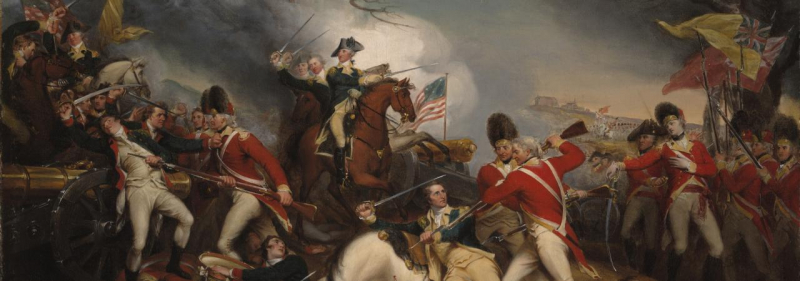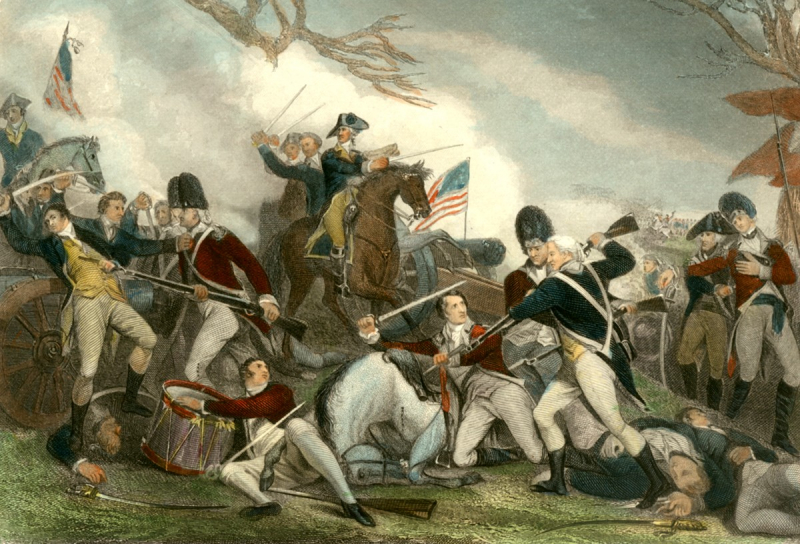The Battle of Princeton is the climax of a period known as the “10 Crucial Days.”
In July 1776, the first British soldier to set foot on Staten Island, General William Howe's Anglo-Hessian army seemed invincible. More than 30,000 soldiers from Canada, England, and South Carolina were transported to New York in the weeks that followed by 400 warships and transports in an effort to put an end to the uprising. Brooklyn and Manhattan were taken by these forces, which forced General George Washington and his dwindling Continental Army into Pennsylvania via New Jersey. The revolution was fading by winter.
The unexpected Continental victory at Trenton on December 26, 1776, signaled a turnabout in the Americans' fortunes. Following the crossing of the Delaware, the Continental Army was held intact by Washington for the ten days known as the "10 important days," during which time he captured roughly 900 Hessians and guided the army to safety in the northern New Jersey hills.













